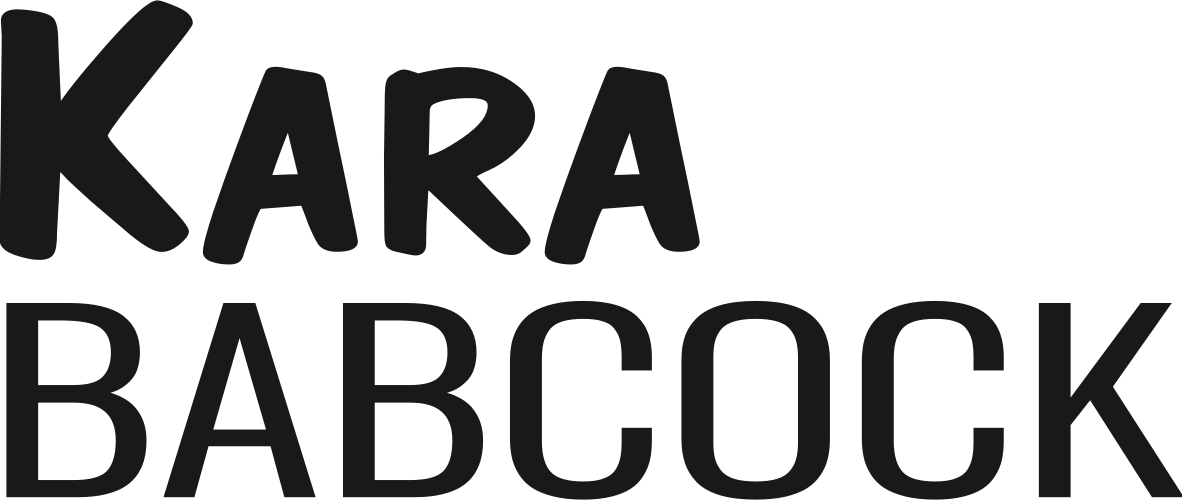Being trans-inclusive takes work
An example of how easy it can be not to include trans people, and some practical tips on how you can do better.
Social media makes it very easy these days for companies and organizations to virtue-signal, i.e., to claim to be inclusive and supportive of marginalized identities. But people who experience these marginalizations know that, in reality, most of these companies are not actually inclusive. This usually isn’t malice but rather just not bothering to think about us at all. Today I want to share a fairly minor example—something we call a microaggression, because it didn’t stop me from using the service, but it was still hurtful. I’m actually surprised how much it affected me.
Being a dutiful daughter, I volunteered to order some pet supplies on behalf of my dad. (Forty-pound bags of cat litter can be heavy!) PetSmart has set up a curbside pickup system, so I figured ordering online and picking it up would be easy. Indeed it was—aside from the single complaint that is the focus of this whole post, I have to say that PetSmart’s site and the process were one of the smoothest experiences I have. They’ve got this down.
Almost.
See, when I looked at their website’s instructions for curbside delivery, I was faced with this:

I haven’t legally changed my name yet, so all my government ID still has my deadname.
At this point, it’s understandable if you’re a cisgender person and you’re thinking, “So what, Kara? So you had to show them your deadname ID. What’s the big deal?”
That’s why I’m writing this post, hypothetical cis reader. I want you to understand why this type of microaggression is a big deal for a lot of trans people—myself, apparently, included.
A Tale of Two Names
Ever since becoming Kara, I’ve been working hard to integrate my new name into my sense of self. I’ve been changing my name everywhere it’s possible to do so: my website, my social media, all sorts of accounts. Even at work, everything has my new name on it now. There’s only a few places tied to my legal identity—taxes, driver’s licence, banking etc.—where I haven’t been able to change my name. That’s going to wait on my legal change, which won’t be happening for a few more months at least, I guess.
This is a problem that many (most?) transgender people struggle with at some point in their journey. I’m privileged in being able to eventually change my name legally; I have the money and knowledge to do so, and Ontario makes the process relatively straightforward. If you have a criminal record, or if you weren’t born here, or if you live in a different jurisdiction that makes you jump through more hoops to “prove” you deserve your new name, then it might be a very different story. Many trans people, therefore, cannot practically change their name legally, even though they are now socially living under their new name.
Lots of people live with a legal name that’s distinct from their more commonly-used name, sure. But for trans people, a deadname is a reminder of a past they have intentionally left behind. Not so much for me, but for other people, that past might be full of bad memories and abuse. For some trans people, having to use a deadname essentially outs them as transgender, which can open them up to harassment and violence in unsafe spaces.
In short, for many trans people, being able to change your name—and to use the name you want to use, regardless of your “legal” identity—is about survival.
Think About It
On the surface, requiring ID makes sense for a delivery pickup, right? We want to make sure that people are who they say they are. However, requiring government-issued ID seems like overkill for a pet store. It’s not like they’re selling guns and ammunition. Moreover, requiring any ID seems unnecessary, honestly—they didn’t even ask to see it when I showed up, contravening the store policy (shock, gasp)! They asked for my name and my confirmation number, which is exactly what they should be doing. If someone really takes the time to hack my email to get the confirmation number, show up pretending to be me, and take my cat food and litter … honestly, they deserve it at that point, because they did way more work to get it than I did.
So not only did you put me through some mental anguish and anxiety, PetSmart, but you actually did it completely unnecessarily.
This microagression is an example of how systemic discrimination happens not as a result of deliberate design decisions but rather oversights and carelessness. This decision was not malicious. That’s the point: all too often, these harmful actions are thoughtless rather than deliberate.
Edit to add: A friend pointed out that, for some people, flashing ID is way more convenient than remember to bring their confirmation number. I get it—not everyone is as organized as I am! However, that actually just brings up another design problem with this system: confirmation numbers are inherently dehumanizing, flawed mechanisms.
In a truly human-first design, we would give unique memorable keys—perhaps passphrases. Instead of receiving a confirmation number you’d get a random 3-word phrase, like maybe "blue monkey supreme" or "red ocelot excellent." Toss a word list at a computer and it can generate enough random passphrases that are easy for humans to remember.
Let’s design beautiful systems for humans first and computers second. How do we do that?
Act On It
So if you want to be a good ally, it’s not enough to tweet “trans rights.” If you want to help trans people, it isn’t enough to tell us we’re valid. That’s nice. But if you want to help, do more.
Here’s how you can dismantle systemic thoughtlessness in your organization.
Collecting Gender Data
Is your team designing a survey? Everyone seems so intent on collecting gender (or worse, “sex”) on their surveys. Do you really need to ask that? If not, push to get it taken off the survey. If gender is pertinent, push to include more options beyond the binary. Here is a fantastic blog post about designing gender-inclusve forms, and here is more guidance from the University of British Columbia’s Equity & Inclusion Office.
Asking for Pronouns
Also consider whether what you want is someone’s gender or their pronouns. Pronouns and gender identity overlap but are not always the same! If you need someone’s personal pronoun, make sure you ask for that separately—and make sure you give them an “other” box if they go beyond he/she/they, or use some combination.
Similarly, if you’re making name tags for a conference, why not put a space where people can write in their pronouns?
Normalize announcing your pronouns when you introduce yourself. It is very important for cis people to do this. If only trans people tell people their pronouns, it makes us into the “other.” Saying, “Hi, my name is Kara and my pronouns are she/her” is not that much longer than just saying your name.
Making Washrooms Accessible
Washrooms are a problem for a lot of people. Lots of buildings are grandfathered out of accessibility requirements for single-occupant, accessible washrooms. These are essential for disabled people, and many trans people like them because they are usually all-gender as well.
If your office, restaurant, shop, whatever, has gendered washrooms, consider how you can make them gender-neutral. There’s no one-size-fits-all solution here, and I’m not saying you need to build a whole new all-gender washroom. Maybe you just need to change some signage. But washrooms give trans people anxiety when we’re out and about, because we worry a lot about choosing “the wrong one,” and indeed, even cisgender people who don’t happen to conform to the expectations for their gender can be harassed for using “the wrong washroom.”
Make us feel safe, please.
Train Your Employees, and Support the Trans Ones
Don’t assume that just because you are trans-inclusive and an ally that all your employees know what’s up. Pay a professional who knows what they’re doing to give a workshop on gender identity and preventing gender-based discrimination. You owe it to your trans customers or partners; you owe it to all your employees—some of whom might be trans.
If you do have a trans employee, don’t ask them to do this work of educating everyone else. Support them in their transition, wherever they are at. Listen to their concerns. You have real obligations under the Ontario Human Rights Code, and even if you are in a jurisdiction where you don’t have such obligations, if you want to be a real ally, act like you do.
The best way to stop systemic discrimination against any group is to include them in your design decisions. Educate yourself through training, ask your trans people in your circle, pay trans consultants for their time, etc. Get yourself in the habit of asking, “How would this affect trans people?”
And while you’re at it, do the same thing for people of colour. For disabled people. For autistic people. The list goes on. Any marginalization you don’t share? Put it on the list and put it in your design decisions.
Raise Your Kids Right
Teach your kids the difference between gender identity, gender expression, and sexual orientation. If you think those things are too complicated to explain to a 5-year-old, they aren’t. Google for some help doing it. Kids are really smart and really tolerant—unless you raise them otherwise. Teach your kids that gender is a wonderful, diverse galaxy of identities, and all those identities are valid. They will thank you for helping them be more open-minded—and if any of them are trans? They will know they can come out to you, because you’ve been clear about your trans-inclusive actions from Day 1.
We Got This
If this seems like a lot of work … yeah, it is. But that’s the cost of doing business in an inclusive, equitable way. Equity and justice do not just happen. We have to work together to make them happen. And as much as government legislation can help, at the end of the day, all of us can make a huge impact by exerting whatever influence we have within our professional and personal lives.
I’ll conclude with a more exciting name-related event that actually happened just before the PetSmart fiasco. (I think it’s partially why the PetSmart fiasco affected me so much.) As a teacher, I have a filthy stinking good benefits plan through OTIP. Yesterday in the mail I received a new benefits card with “Kara Babcock” on it! So, even though my name wasn’t legally changed, OTIP accepted that my employer had changed my name in their system, and so they have changed my name as well. I didn’t ask for a new card, didn’t expect one until after the legal change … but here we are.
And of course, you didn’t think I would let you go without showing you the two evil felines who were the ultimate cause of this strife, did you? Slightly old photos, but accurate nonetheless!



